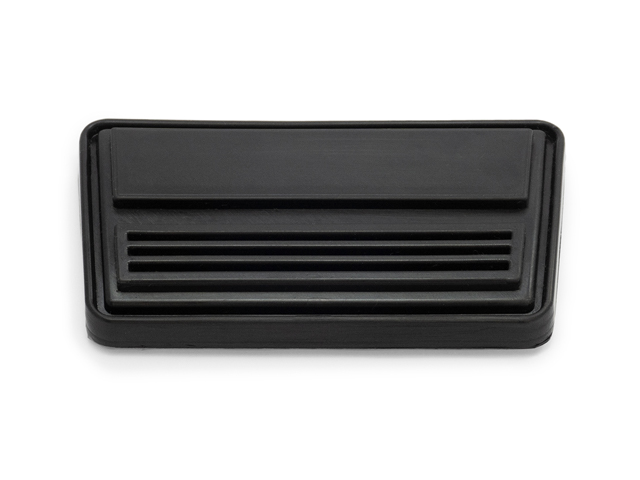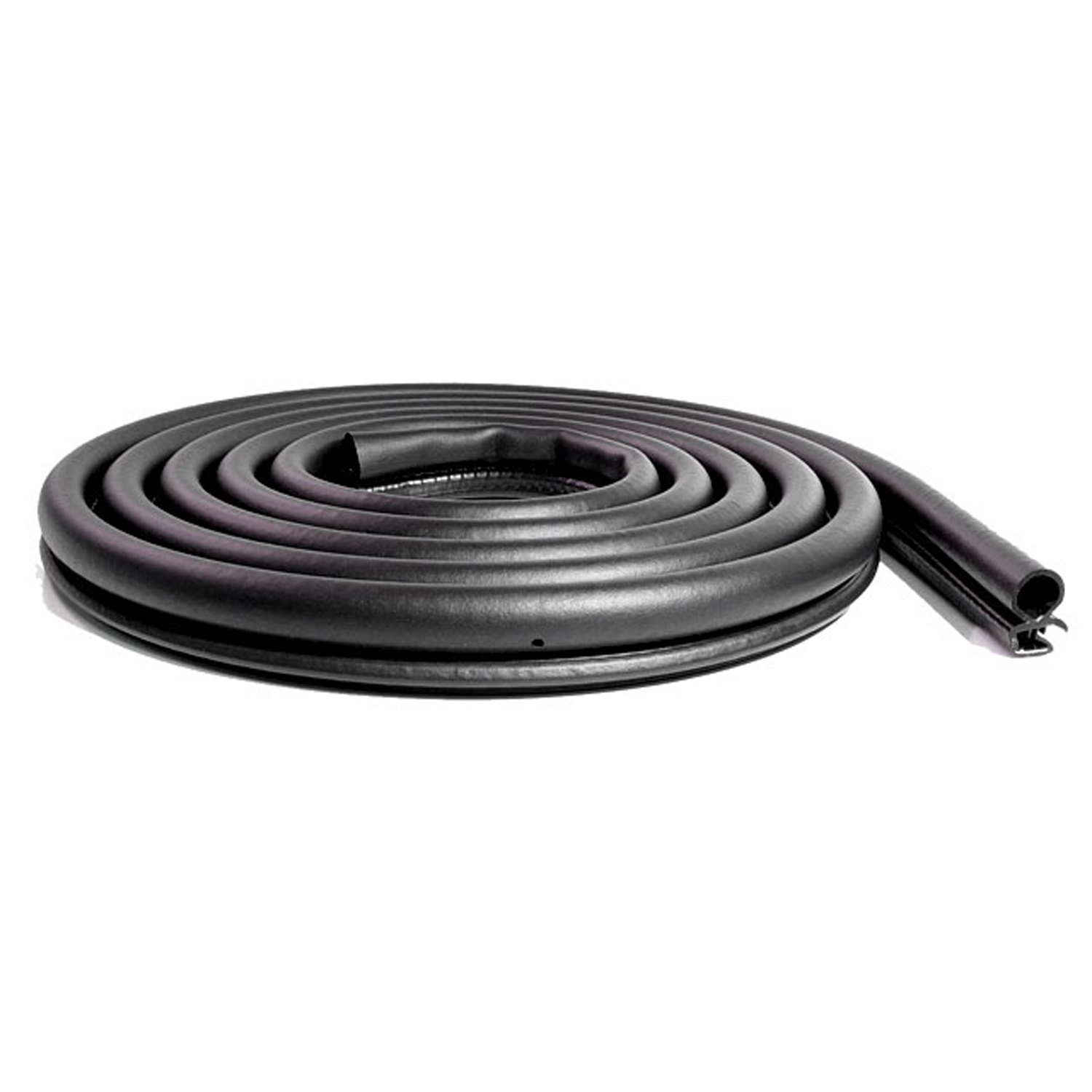Image of 1988 Chevrolet Beretta, Note: These illustrations use artistic license and may differ from actual historical models.
Performance Metrics
Fundamental Metrics
Emotional Appeal
MMP Rating
| Engine Specifications | |
|---|---|
| Engine: | 2.0L 4-cylinder, 2.8L V6 |
| Displacement: | 122-171 cu in. |
| Horsepower: | 90-130 hp |
| Torque: | 108-160 lb-ft |
| Compression Ratio: | 8.5:1 (4-cylinder), 8.9:1 (V6) |
| Ignition System: | Electronic |
| Cooling System: | Liquid-cooled |
| Performance Specifications | |
| 0-60 Time: | 9.5 seconds (4-cylinder), 8.0 seconds (V6) |
| 1/4 Mile Time: | 17.0 seconds (4-cylinder), 16.0 seconds (V6) |
| Top Speed: | 110 mph (4-cylinder), 120 mph (V6) |
| Transmission and Drive | |
| Drive Type: | FWD |
| Transmission Type: | 3-speed automatic, 5-speed manual |
| Fuel and Efficiency | |
| Fuel System Type: | Fuel injection |
| MPG: | 20 city / 28 highway (4-cylinder), 18 city / 26 highway (V6) |
| Dimensions and Brakes | |
| Brakes: | Front disc, rear drum |
| Wheelbase: | 103.4 in. |
| Weight: | 2,600 lbs. |
Note: Specifications for classic cars are given to the best of our ability, considering the limited and variant data available.
Rediscovering the 1988 Chevrolet Beretta: A Forgotten Icon
The 1988 Chevrolet Beretta, a car that may not immediately spring to mind when you think of classic American automobiles, yet it holds a unique place in automotive history. Born from the stables of General Motors, the Beretta was introduced as a front-wheel-drive two-door coupe that sought to capture the hearts of young buyers with its sporty demeanor and affordable price tag. It was a product of its time, encapsulating the late '80s ethos of style and innovation on a budget. Notably, the Beretta made its mark by being chosen as the pace car for the 1990 Indianapolis 500, an accolade that speaks volumes about its performance credentials.
Design and Innovation
The exterior of the 1988 Chevrolet Beretta was a blend of sharp lines and aerodynamic contours, a testament to the design trends of the era. Its sleek profile featured pop-up headlights and a distinctive black-out grille that gave it an aggressive yet sophisticated look. Inside, the Beretta's cabin was outfitted with materials that were typical for its class and time, including an array of plastics and fabrics that have since become nostalgic. The dashboard layout was driver-centric, with controls easily within reach and clear instrumentation.
Technologically, the Beretta offered electronic fuel injection—an advanced feature for its time—and came with options such as anti-lock brakes. Color options ranged from vibrant reds and blues to more subdued shades like silver and black, with Bright Red being a particularly popular choice among enthusiasts. The most iconic body style was undoubtedly the GT model, which featured sportier trim and additional equipment.
Historical Significance
The Chevrolet Beretta's impact on automotive design may not have been revolutionary, but it did play a significant role in popularizing front-wheel-drive sports coupes in America. It stood out from competitors with its balance of affordability and sportiness, making performance more accessible to a wider audience. The Beretta's legacy is also tied to its motorsport involvement, particularly as an Indy 500 pace car.
Performance and Handling
Under the hood, the 1988 Beretta came with several engine options, with the most potent being a 2.8-liter V6 that delivered brisk acceleration for its time. The top speed was respectable for a car in its class, while the sprint from 0-60 mph could be achieved in under 10 seconds with the right powertrain setup. On winding roads or when encountering bumps, the Beretta handled competently thanks to its well-tuned suspension setup. Drivers often praised the car for its responsive steering and relatively smooth ride quality.
Ownership Experience
The Beretta found use in various roles—from daily commuting to weekend cruising—and even amateur racing circuits. Maintenance was straightforward due to its shared components with other GM models, making parts readily available and repairs manageable for DIY enthusiasts.
Fun Facts
Some interesting trivia about the Beretta includes limited-edition models like the GTU and Indy versions that are now sought after by collectors. While not known for breaking speed records, it did set sales records for Chevrolet at the time. Criticisms often centered around interior quality and long-term reliability issues common in many cars from this period.
Collector's Information
Today, finding a well-preserved 1988 Chevrolet Beretta can be somewhat challenging due to their age and use as everyday vehicles. Estimates suggest that several hundred thousand units were produced during its run. In terms of value range, well-maintained examples can fetch anywhere from $2,000 to $10,000 depending on condition and rarity—prices that reflect both nostalgia and collectibility factors.
Conclusion
The 1988 Chevrolet Beretta may not have been a superstar of its era but it certainly played an important role in making sporty coupes accessible to a generation of drivers. With its unique blend of style, performance, and affordability, it carved out a niche that still resonates with enthusiasts today. Whether remembered fondly as a first car or sought after as an emerging classic, the Beretta stands as an interesting chapter in Chevrolet's storied history.
1988 Chevrolet Beretta Catalog of Parts
 1988 Chevrolet Beretta Automatic brake pedal pad fits '78-88 GM A, Spec A, G Body-CB 101-DCB 101-D replaces the automatic brake pedal pad on many 1978-1988 General Motors A, Spec A and G body models. Also fits many 1982-1991 GM J, L, N and P body models. 4-1/2" wide X 2-1/2" long. Each
1988 Chevrolet Beretta Automatic brake pedal pad fits '78-88 GM A, Spec A, G Body-CB 101-DCB 101-D replaces the automatic brake pedal pad on many 1978-1988 General Motors A, Spec A and G body models. Also fits many 1982-1991 GM J, L, N and P body models. 4-1/2" wide X 2-1/2" long. Each 1988 Chevrolet Beretta Extruded door seal (imported). Universal replacement part-IS-MW00100Extruded door seal (imported). Universal replacement part. Made with flexible steel core. Fits front or rear and either side on passenger doors. Does not fit slider/cargo doors and liftgates on vans and mini-vans. 1-3/16 in. X 3/4 in. X 13 ft. 4 in. Each.
1988 Chevrolet Beretta Extruded door seal (imported). Universal replacement part-IS-MW00100Extruded door seal (imported). Universal replacement part. Made with flexible steel core. Fits front or rear and either side on passenger doors. Does not fit slider/cargo doors and liftgates on vans and mini-vans. 1-3/16 in. X 3/4 in. X 13 ft. 4 in. Each.Why Choose Metro?
For over 100 years, Metro Moulded Parts has been the pinnacle of quality in classic car restoration parts. Our commitment to precision and authenticity in every component ensures a perfect fit and an OEM-level appearance.
- Expert Craftsmanship & Quality: Each part is a testament to our dedication to reliability and perfection, crafted from original designs and thoroughly tested.
- Advanced Technology: We use cutting-edge techniques to create flawless, long-lasting parts that surpass others in performance.
- SuperSoft Sponge – The Ultimate Door Seal: Not only are our door seals 30% softer than competitors', but they're also guaranteed to never leak. They effectively reduce wind and road noise, enhancing your classic car's comfort and driving experience.
- Proudly American: Our parts are a product of American craftsmanship, made in the USA with a spirit of excellence and heritage.
- Unrivaled Warranty: We back our products with a 30-year industry-leading warranty, a testament to our confidence in their quality.
Join us in preserving the legacy of classic cars with parts that are crafted for perfection, not just made.

